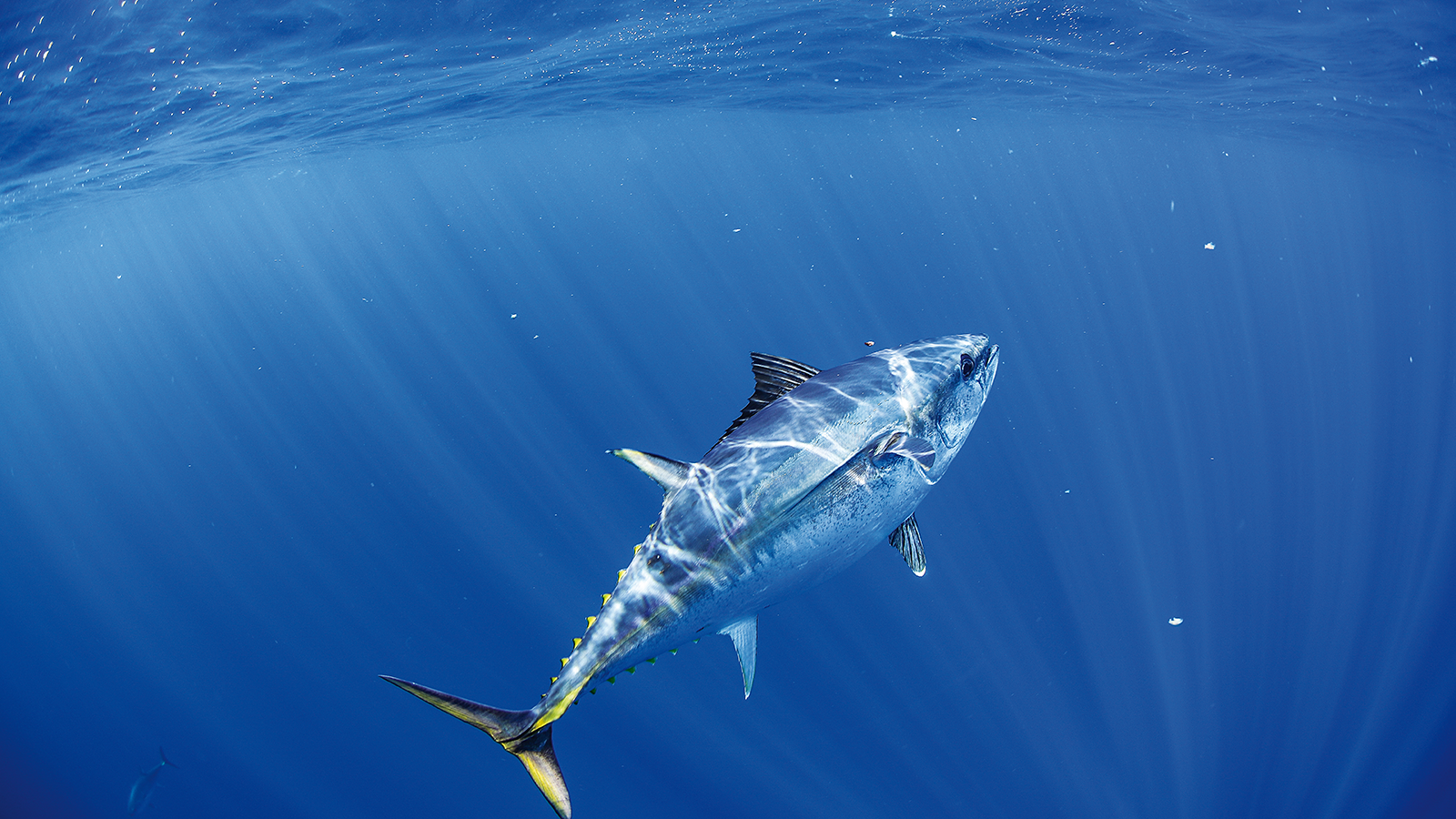The overriding needs for this project are to maintain a sustainable fishery for P. monodon to ensure broodstock supply to the Australian prawn farming industry.
This project requests an early start in order to sample the two recruitments into the main fishery, and to address the lack of broodstock, to supply the doubling of the current size of the P. monodon farming industry in the following 1 to 2 years.
1) Little published information is available on wild broodstock biology and ecology, presumably because P. monodon is really an incidental catch. Nevertheless, information on the species has been collected in logbook programs (eg. QDPI, Bill Izard and Jim Brownings tagging of adult P. monodon in the Cairns/Innisfail regions), and in many studies directed at other penaeids. Information on the species is thinly distributed over a large number of datasets, uncollated and unanalysed. This study will undertake the collation of information over a 6 month period at the beginning of this project to assisst in refining later stages of this project.
2) Although considerable effort and resources have been allocated to the full domestication of P.monodon, both nationally and internationally, the commercial production of closed broodstock is as yet not viable. The P. monodon prawn farming industry is currently dependent on wild caught broodstock and will be for the foreseeable future. Pressures are building for the known wild stocks to supply an expanding local and international aquaculture market that is expected to double or triple in the following one to two years, yet little is known of the size and sustainability of currently sourced Queensland stocks of this species. There is a clear and present need to establish the size of the resource to maintain the existing industry and further establish a regular and sustainable supply of broodstock to ensure national expansion and viability of P. monodon prawn farming.
3). There is a need for alternative capture methods and associated stress testing to be assessed. This is required by commercial broodstock collectors and the Northern Territory fishery to capture the highest quality broodstock, source broodstock from different habitats, manage specific fisheries and to lessen environmental impacts of the fishery.
4). There is a need for an economic assessment of potential gains to the industry from optimising the quantity, quality and timing of the supply of P. monodon broodstock.
Attachment 1 provides a dissection of the research problem.







